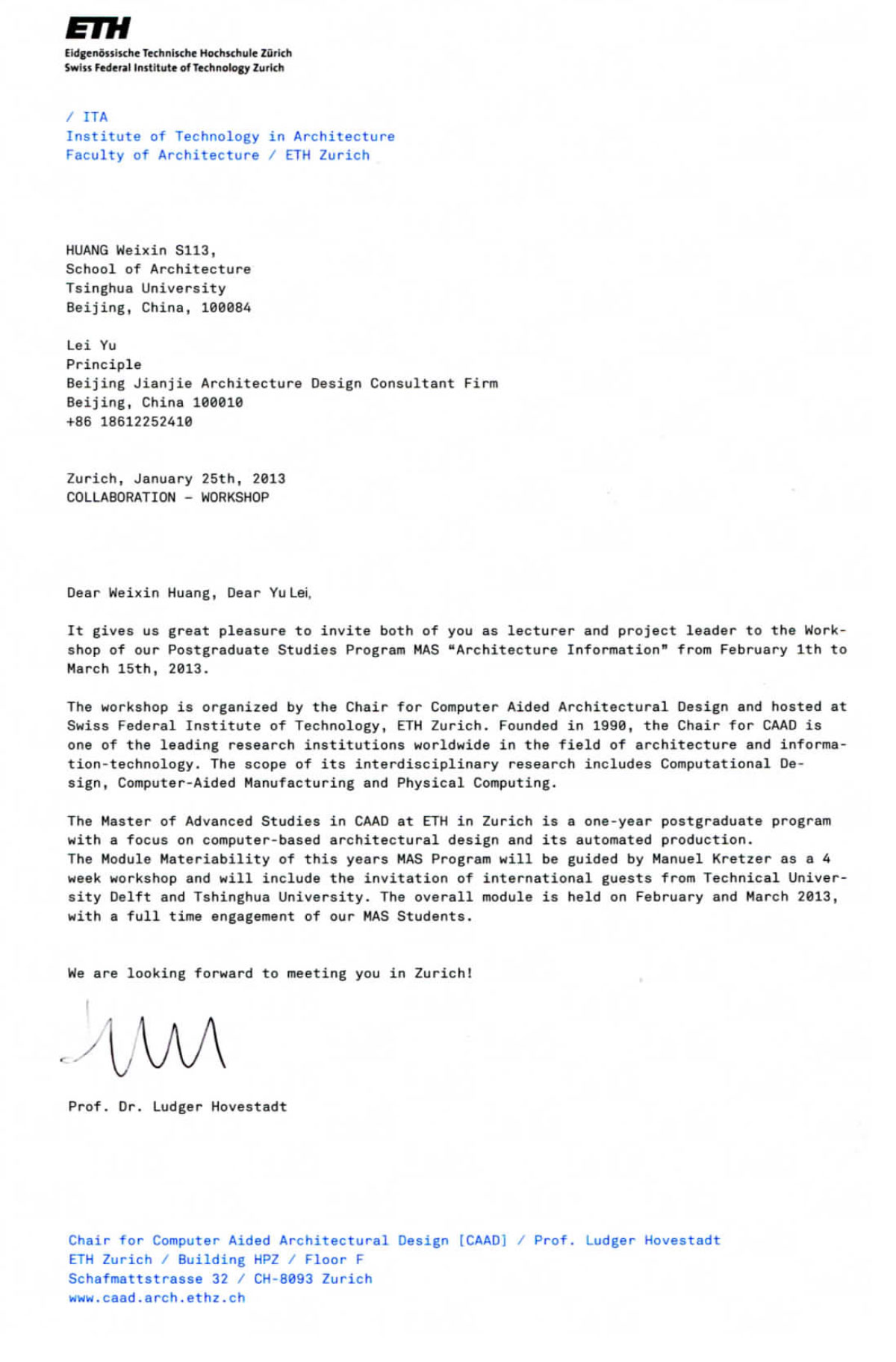
Introduction
The design of ‘Resinance’ was strongly influenced by the behavior of simple organic life forms, in particular the formation of cellular colonies. In its assembly it represented an ecology of functional units that could both work autonomously but also in coordination with their neighboring units. It consisted of 40 active elements that were gradually changing their surface color in response to human touch. While this slow transformation as such couldn’t immediately be perceived, each device had a second actuator, providing direct response through shivers and vibrations. Every four elements were connected through a control unit that formally resembled the rest of the objects but without the ability to change color. These units both choreographed the behavior of the particular cluster and transmitted the current state of each element to its neighbors. Therefore the tactile input not only changed the touched element but was transmitted throughout the whole installation in a networked, swarm like behavior.
Specs
Student team: Achilleas Xydis, David Schildberger, Demetris Shammas, Evi Xexaki, Irene Prieler, Jessica In, Joel Letkemann, Maria Smigielska, Mark Baldwin, Nan Jiang, Nicolás Miranda Turu, Tanigaito Akihiko, Tihomir Janjusevic, Yuko Ishizu
Co-supervision: Benjamin Dillenburger, Hironori Yoshida [CAAD], Lei Yu, Weixin Huang [Tsinghua University], Andrei Pruteanu, Mariana Popescu, Stefan Dulman, Tomasz Jaskiewicz [Hive Systems]
Supervision: Manuel Kretzer
Camera: Achilleas Xydis, Demetris Shammas
Editing: Demetris Shammas
